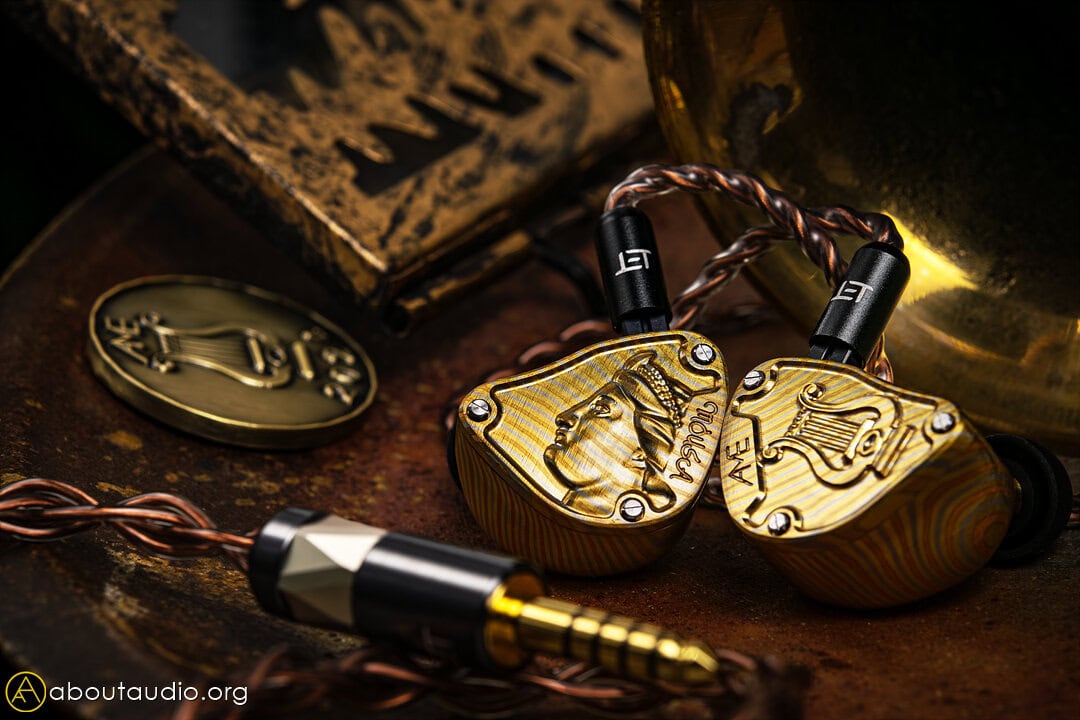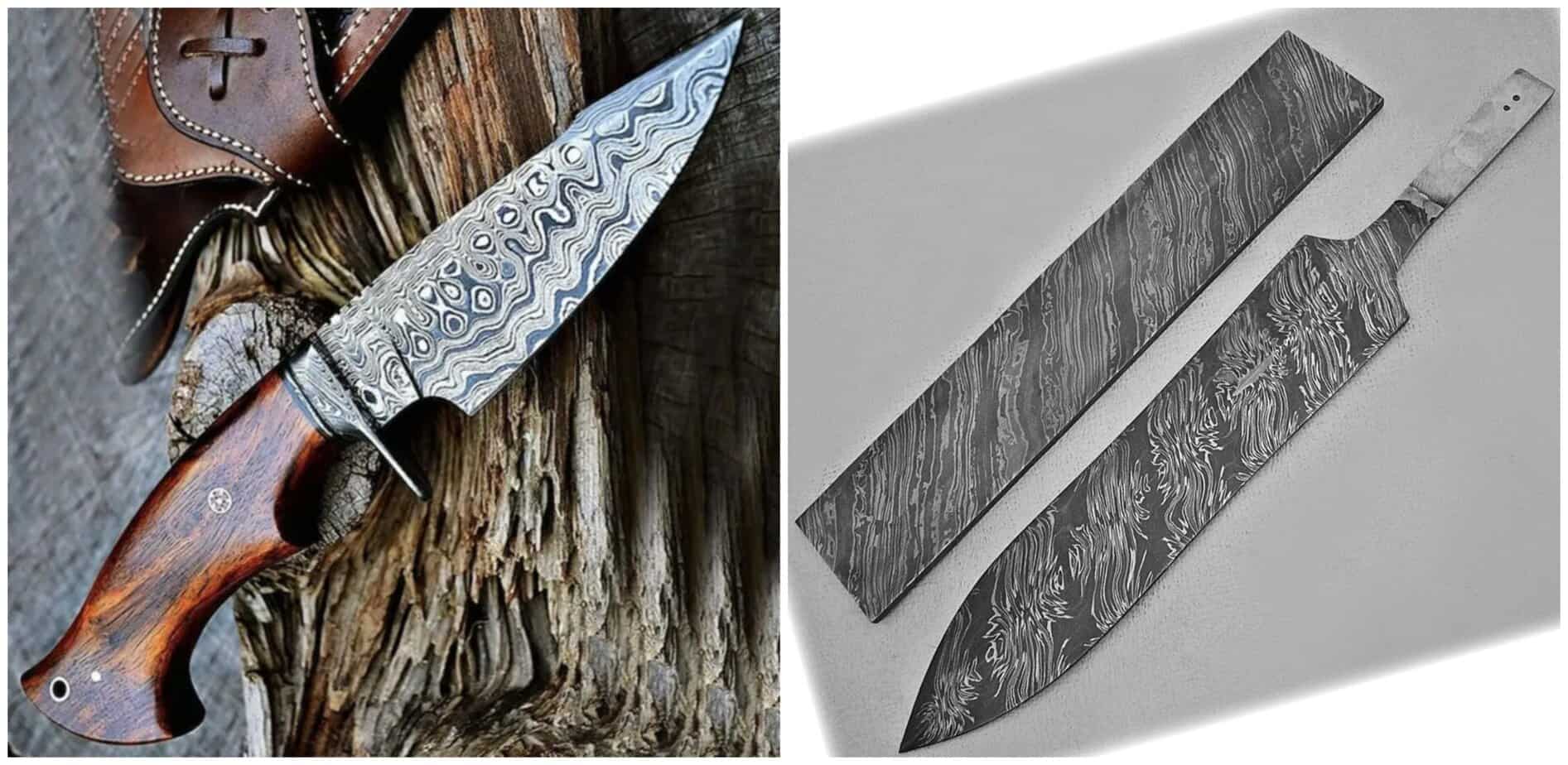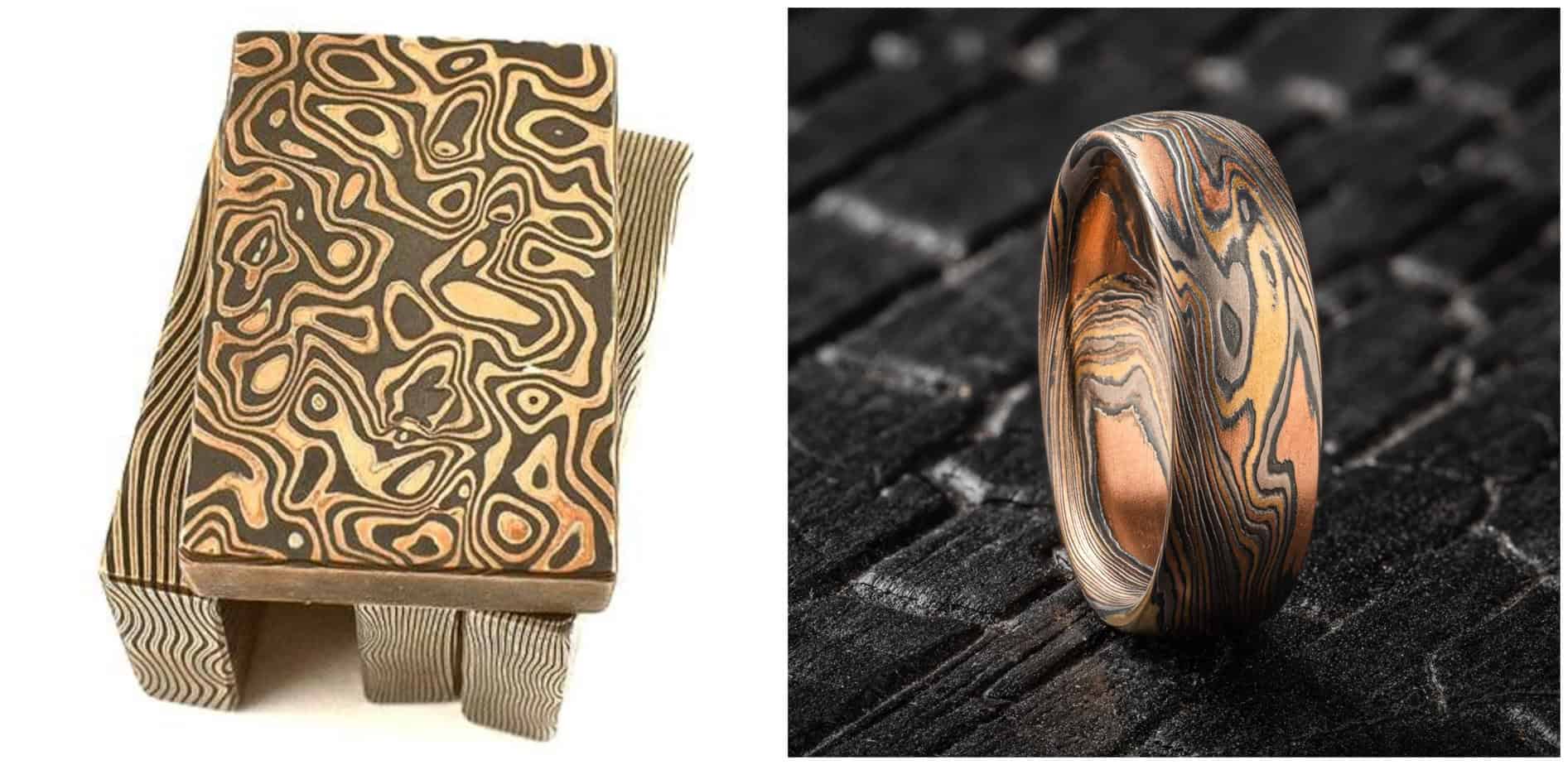
AME Mousa Review: Ambiance, Now Come to Life
In the ever-expanding world of portable audio, countless IEMs flood the market – some garner widespread hype while others remain more as “hidden gems,” quietly appreciated only by those who recognize their true value. Among premium IEM brands, AME stands out as one such gem; not known widely by the major crowds yet incredibly skillful in both sound tuning and craftsmanship. AME was founded in 2015 in Korea. From our previous experience reviewing their two flagship IEMs, Raven and Gaia, the quality of AME products has left us very pleased.
Today, we’re bringing you into an in-depth review of AME Mousa, the AME’s TOTL flagship IEM. Named after the Muses, the nine goddesses of the arts in Greek mythology, Mousa is a limited-edition, 15-driver hybrid IEM priced at $4500. Let’s see what makes Mousa unique and evaluate how Mousa performs/compares with other flagship IEMs.
Packaging
Mousa’s premium experience begins with its packaging. Designed like a luxurious jewelry box, the box unveils the earpieces alongside a collector’s coin upon opening. Under this layer sits a 3-split carrying case that includes the rest of the accessories: Eletech platinum custom 4.4mm cable, 3 pairs of SpinFit W1 eartips, 3 pairs of AME Blue Tips, 3 pairs of Comply foam tips, and other complementary accessories.

Earpieces: Design & Form factors
While using a full metal chassis as apparent as possible, Mousa’s earpiece material isn’t any ordinary metal we see anywhere, let alone in IEMs. Mousa is the first-ever IEM to be made of “Mokume Gane”. Before we get any further in covering what that even is, let’s first go through the technical specs and usability.
Mousa sports 15 drivers per side using 13BA+2BC, with a 6-way crossover network; 2BA for lows, 2BA for mids, 5BA+2BC for mid-highs, and 4BA for highs. Mousa would perhaps be one of the heaviest IEMs you’d meet (I would say the weight feels slightly lesser than Rhapsodio Supreme V3).
However, after you initially get surprised by its weight, Mousa surprises you again with how comfortable and snug a fit it offers. The weight doesn’t cause any noticeably different fatigue in weight compared to other ordinary IEMs, and certainly a comfier and secure fit than Rhapsodio Supreme V3. In fact, I’ve found Mousa to fit better than the AME Raven/Gaia form factors. Unless you plan to use these while jogging or have significantly smaller ears, wearing and using Mousa won’t cause any issues.

Earpieces: Techs behind ABCS & MEAM
With the creation of Mousa, AME sported two new exclusive acoustic systems, the first being the ABCS (AME Breathable Chamber System). Mousa is equipped with 2 air holes that enable the entire earpiece to work as an open chamber. These air holes determine the speed and roll-off for the bass, and are precisely adjusted and tuned to replicate a similar sound to a dynamic driver, utilizing maximum soundstage while maintaining accuracy. AME also notes that the BC (bone conductor) drivers are topped with a special acoustic structure to harmonize with the ABCS.
The other tech is MEAM (Mousa-Exclusive Acoustic Mesh), a new nozzle mesh shape designed from the ground up for Mousa. Using mesh is meant to prevent dust from falling into the chassis, though a lot of IEMs choose not to use mesh on the nozzles as it naturally leads to loss of upper frequencies. MEAM is created and applied to Mousa to tackle both convenient maintenance and performance.

So what is Mokume Gane?
Let’s talk about the most intriguing part of this IEM, the shell materials. What is Mokume Gane? Taking a quick look at the shells reminds you of a variant of brass or Damascus metals, though Mokume Gane is different in many ways.
Damasus is a processing technique we’re quite familiar with. Derived from the Middle East, Damascus is a metalworking technique involving welding and forging layers of different types of iron alloys. The application of Damascus has been widely used for weapons due to its durability.

Meanwhile, Mokume Gane (木目金; “Wood Eye Metal”) is a metalworking technique derived from Japan. Unlike Damascus, Mokume Gane uses a wider range of metals – usually softer and non-ferrous metals (or precious metals) like brass, gold, platinum, silver, etc. With high pressure and temperature, Mokume Gane also makes woodgrain-like patterns. While Damascus is often used for weapons and tools, the application of Mokume Gane tilts towards jewelry and artworks due to its softer nature.

Special Eletech Cable
For Mousa’s stock cable, AME held hands with Eletech, a popular and familiar custom cable brand. While it doesn’t have a designated name for it (which I still wonder), this Eletech cable uses a Copper+Silver blend of Taiwanese wires. Custom-built OCC wires and three internal pure silver wires were chosen to pair with the sound of Mousa. Detailed specs are 25AWG Type 1 Litz, 7N OCC Copper with 5N Silver. The Mousa stock cable has a similar form factor to other Eletech cables – light, soft, and easy to handle.
Next Page: Sound Impressions / How Does AME Mousa Sound?


